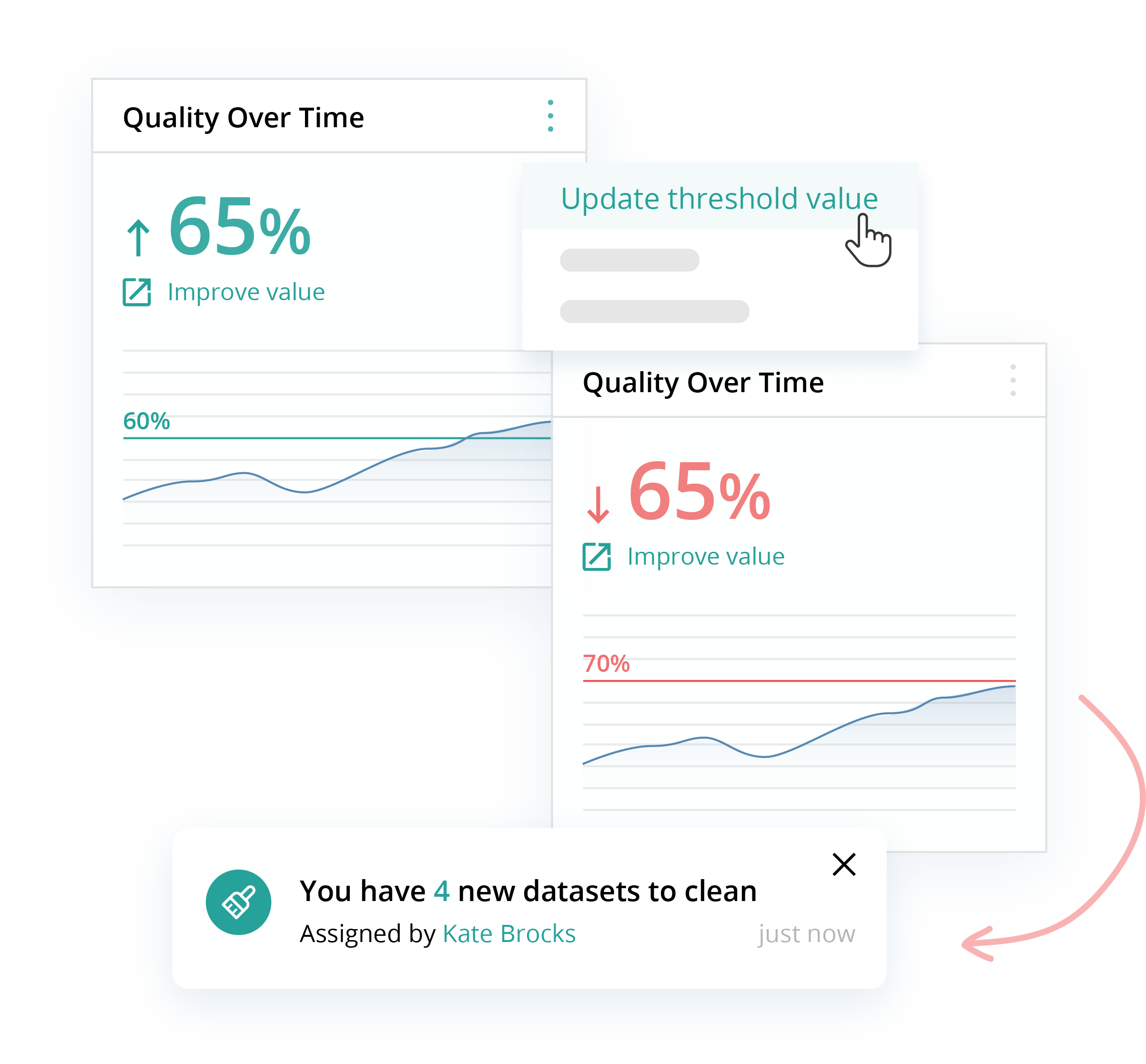
Data Quality
What is the quality of the data within your organization? What is the cost of bad data inside and outside your organization? Have you ever thought about the impact of bad data? Who is actually impacted by this?

What is the quality of the data within your organization? What is the cost of bad data inside and outside your organization? Have you ever thought about the impact of bad data? Who is actually impacted by this?
Data quality is something that is usually difficult to measure because what constitutes good data. A frequently used statement is garbage in = garbage out. What can be measured is the impact of bad data. Just think of damage to your image by approaching customers incorrectly, incorrect marketing campaigns, contact details that are incorrect but where the invoice goes, incorrect or inconsistent information about your products. If you turn this around, you get a good idea of what good data (and therefore high data quality) can mean for the organization. Data quality is not only about entire records and their coherence, but also at attribute/element level (e.g. name, zip code, description, etc.).
Things often go wrong in communication between systems and departments. Some departments are better at maintaining their data than others. Of course, not every department or system has the same needs, but everyone wants control. This also determines what you should pay attention to, where you can quickly increase quality that has a major impact on the organization. Improving data quality takes steps and can start very small but have a major impac
Measuring is knowing! Make sure that you can measure quality in a thorough manner and ensure that you anchor this. This also allows you to measure the improvement in data quality over time and compare this against the impact (positive or negative). Provide a number of preconditions on which you will measure (e.g. completeness, uniqueness, reliability, degree of filling). There does not always have to be a problem to set up a check on this. If everything is fine, but if you want to prevent something from going wrong in the future, you can of course take this preventatively (prevention is better than cure). However, there is no direct advantage to this.
 You might think that it is difficult to attach a value to this and that is true. But you also know what this means for your company/process/people and what its impact is. What if we can now give you a number per incorrect data point in different ranges? Then you suddenly have an overview of what bad data costs you and what you can actually save!
You might think that it is difficult to attach a value to this and that is true. But you also know what this means for your company/process/people and what its impact is. What if we can now give you a number per incorrect data point in different ranges? Then you suddenly have an overview of what bad data costs you and what you can actually save!
Know more? or just see how you can increase data Quality? Just contact us!
